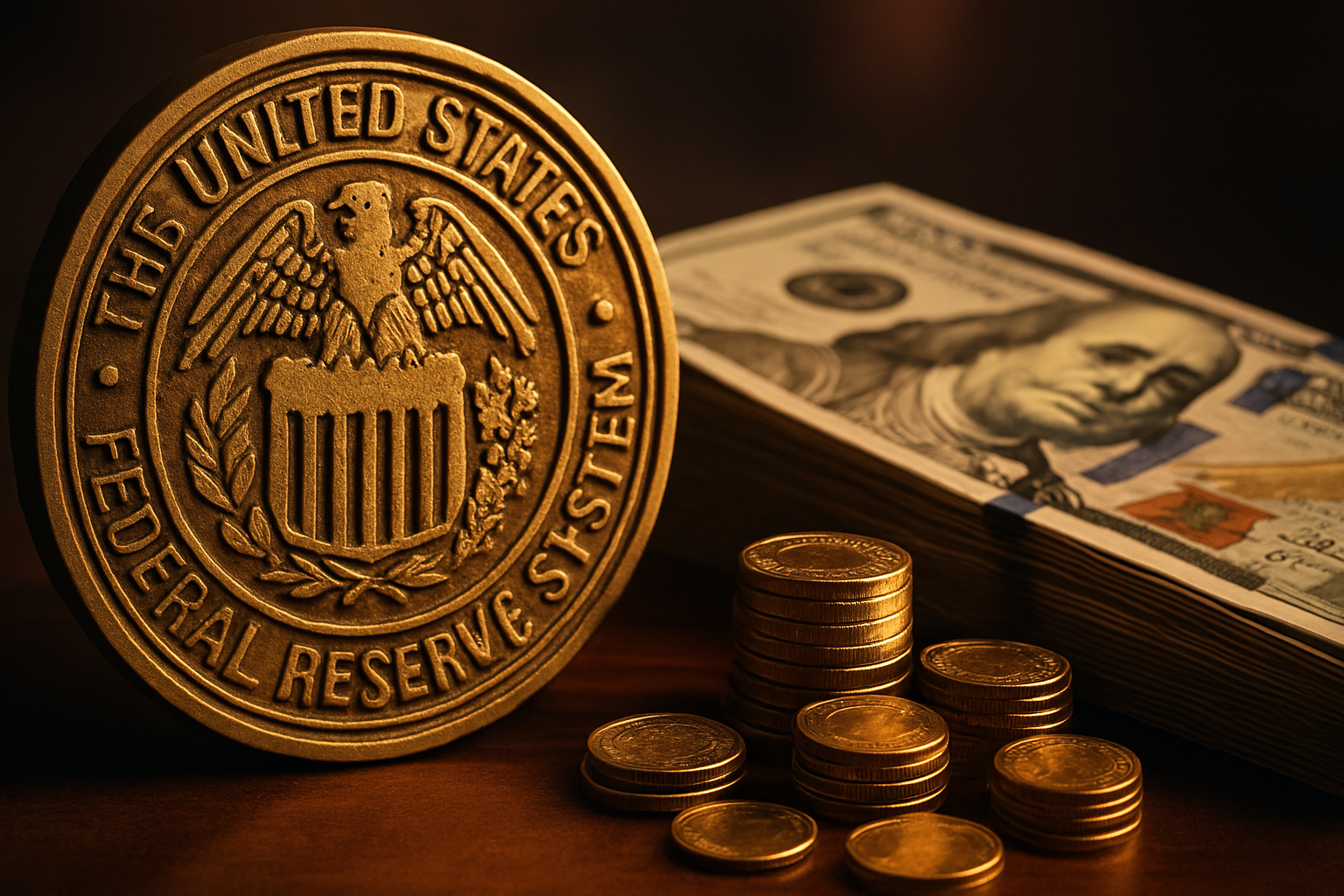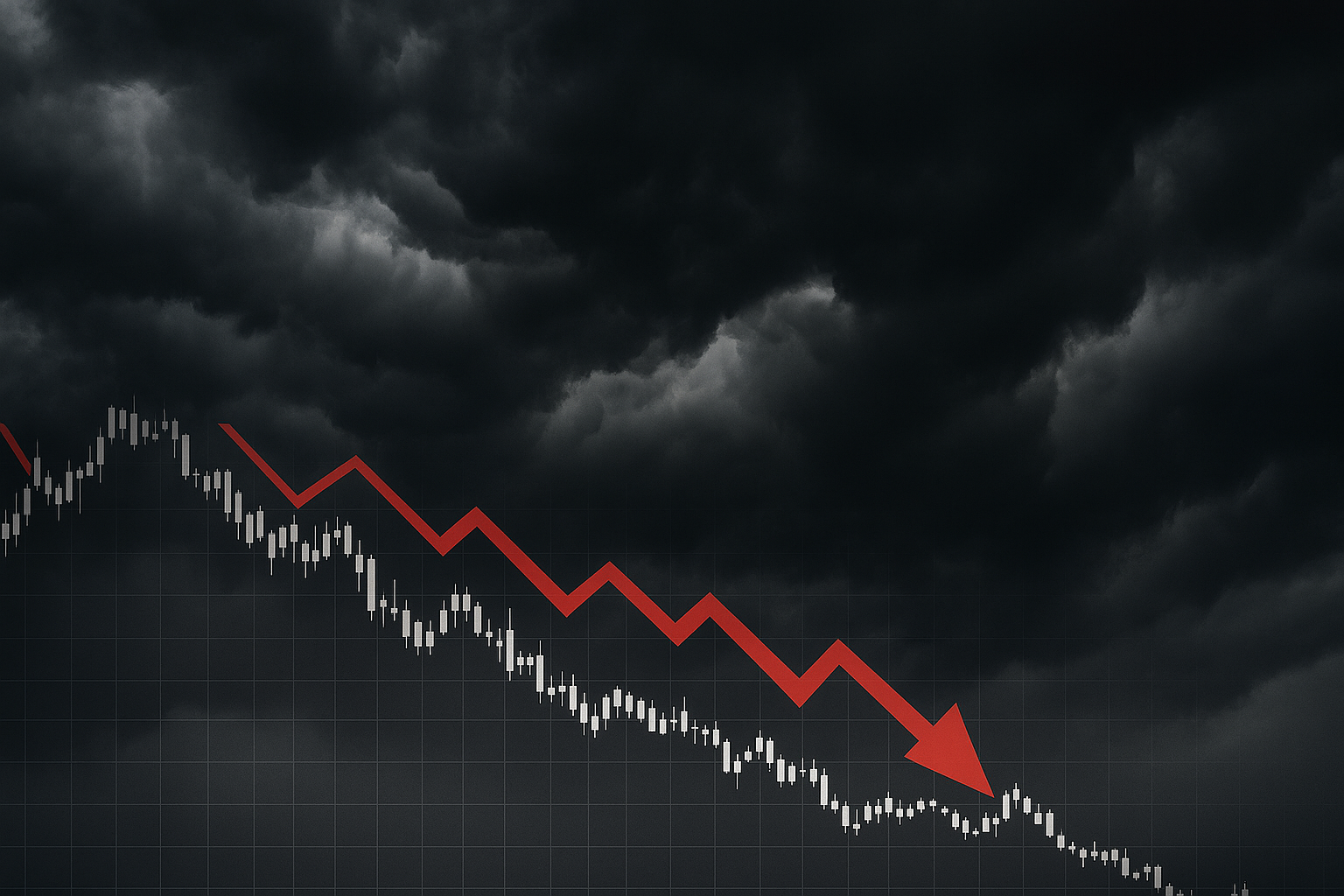The Free Lunch Illusion
How Governments Consume What They Don’t Produce
Governments throughout history have been haunted by the same temptation — the belief that they can create prosperity without production, growth without savings, and benefits without costs. George F. Smith captures this notion in his recent essay, “Government’s Eternal Longing for a Free Lunch.” His message is both timeless and timely: whenever policymakers convince themselves that they can suspend economic gravity, it’s ordinary citizens who eventually pay the bill.
The Myth of Something for Nothing
Smith begins with a lesson as old as markets themselves: Say’s Law — the idea that production creates its own demand. In other words, we must first produce before we can consume. Yet, governments often act as if they can reverse that process — distributing consumption through printed money, debt, or subsidies and calling it “stimulus.”
This, Smith argues, is the original “free lunch” illusion. The state consumes what it does not produce by claiming a share of what others have created — through taxes, inflation, and regulation. And because these tools are enforced rather than voluntary, they differ fundamentally from free exchange.
Inflation: The Hidden Tax
In the modern world, currency manipulation has replaced the king’s mint as the most effective means of extraction. Smith reminds us that inflation is not an accident — it’s a policy tool. By creating new money without corresponding production, governments effectively dilute the value of existing savings.
This process benefits those who receive the new money first — governments, banks, and politically connected institutions — while harming those who receive it last: retirees, wage earners, and savers. Economists call this the Cantillon Effect, and it is one of the quietest yet most powerful wealth transfers in human history.
Keynesian Cover for Political Convenience
Smith takes aim at the intellectual cover used to justify these policies: the Keynesian belief that government spending can “stimulate” demand and create prosperity. In theory, temporary spending during recessions may have merit. But in practice, politicians rarely reverse course. Deficits become permanent, and debt piles grow until the illusion of control fades.
Eventually, every empire and every central bank faces the same reckoning: you can’t print your way to real wealth.
Lessons for Investors in Today’s Economy
For those of us navigating today’s markets, Smith’s essay is not just a political reflection — it’s a practical warning. The last decade has been defined by easy money, soaring debt, and artificially inflated valuations. Asset prices, from equities to real estate, have been sustained by a tide of liquidity that cannot rise forever.
When governments chase the illusion of a free lunch, investors must assume the opposite posture: discipline, realism, and preparedness. Inflation remains a persistent risk — even when headline numbers appear subdued. The purchasing power of cash erodes silently, while markets trade at levels far removed from historic norms.
At Bailey Financial Services, we believe this demands a strategy rooted in intrinsic value, and risk awareness. When capital is abundant and fear is absent, prudence becomes a competitive advantage.
The Return of Reality
History shows that every attempt to suspend economic reality — from the Roman denarius to modern fiat experiments — ends in the same way: confidence evaporates, and the system resets. The timing is unpredictable, but the pattern is unmistakable.
When the bill for “free lunches” comes due, inflation, austerity, or market corrections are the forms it takes. Those who prepared — who kept cash reserves, diversified into real assets, and avoided the comfort of overvalued markets — are the ones who endure and prosper.
The Real Cost of the Free Lunch
Smith’s essay reminds us that the laws of economics are not optional. Production must precede consumption; savings must fund investment; and money must represent value, not wishful thinking. Governments can obscure these truths temporarily, but they cannot repeal them.
For investors, the lesson is clear: remain skeptical of policies or promises that appear to offer something for nothing. Every “free” program, stimulus, or bailout is ultimately paid for — either through taxes, debt, or the slow confiscation of purchasing power through inflation.




